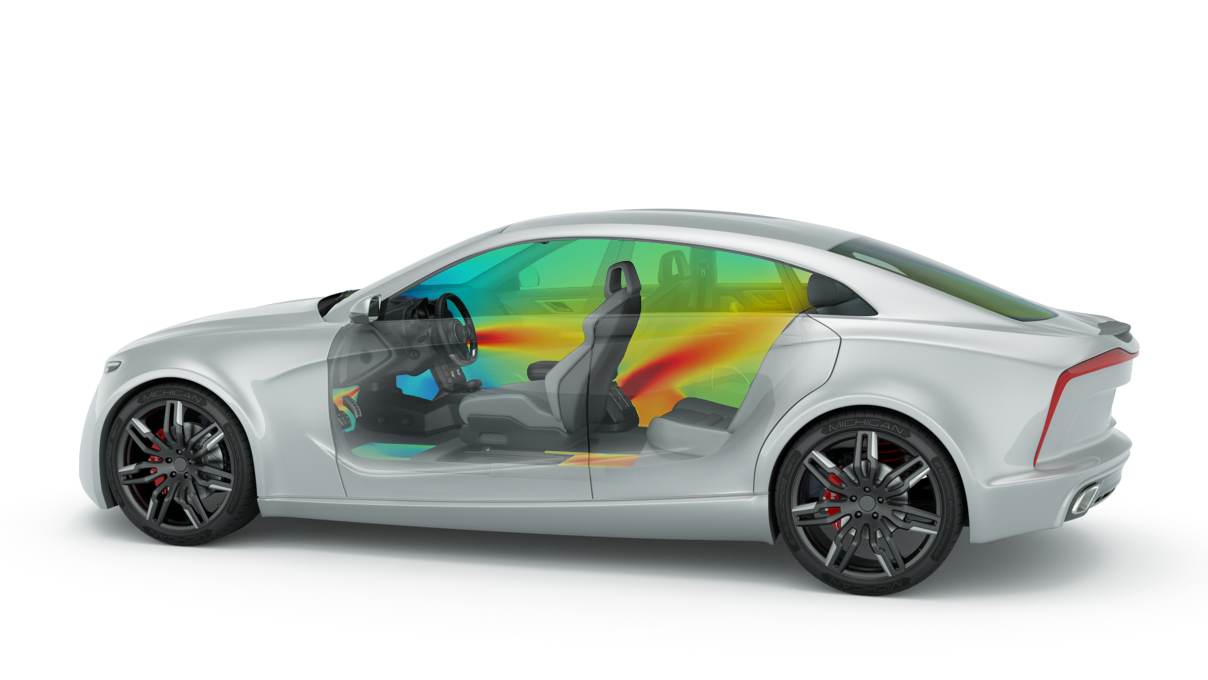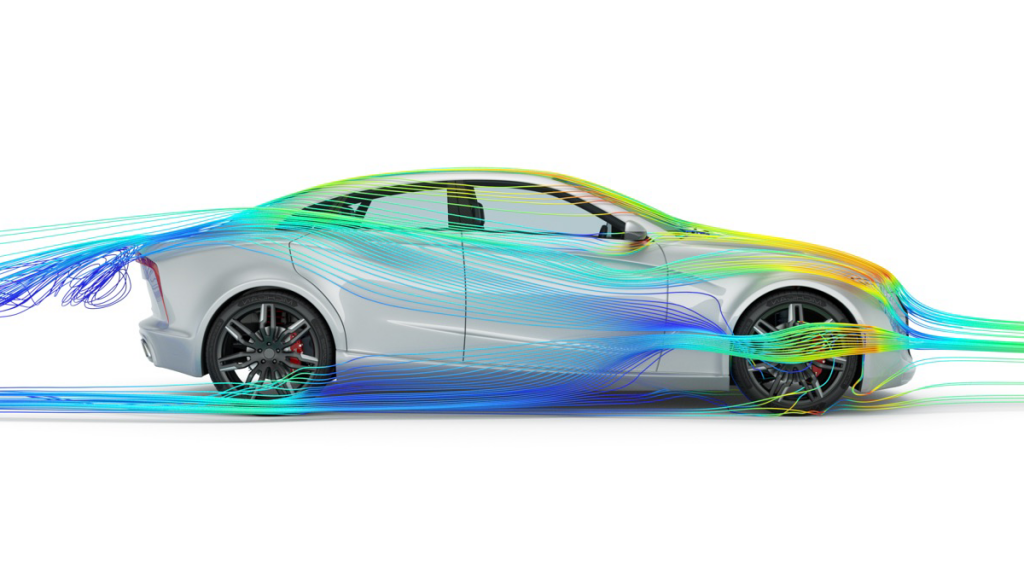Altair has announced that its new GPU-optimised AcuSolve CFD software can solve fluid dynamic simulations ‘up to six times quicker’ compared to equivalent CPU configurations.
To achieve this speed-up, the company is using the new Nvidia RTX server, which features up to 8 high-end Nvidia Quadro RTX 6000 or 8000 GPUs.
Altair says large-scale CFD simulations that previously took days can now be completed overnight, meaning the entire simulation workflow can therefore be highly compressed.

“When engineers arrive the next morning, the simulations are ready for them to analyse,” explains Nvidia’s Baskar Rajagopalan in a blog post.
“This allows teams to understand the performance, behaviour and mechanics of their models earlier in the design process — all while using a more energy-efficient computing system that’s accessible on premises or in the cloud.”
This is explained in more detail in the vehicle design video below:
Using GPUs for simulation is nothing new, but limitations on GPU memory has long been a barrier to getting the most out of the GPU’s massively parallel architecture.
Nvidia RTX 8000 GPUs feature a colossal 48GB of memory and in RTX Server can be paired up with NVlink to effectively deliver four GPUs, each with 96GB of memory.
Altair has also announced improvements to its other fluid flow-related products, ultrFluidX and nanoFluidX (for aerodynamics and particular simulation respectively).
These applications were already optimised for GPUs, but now with validation for Nvidia RTX server products / services they can scale ‘more quickly’ and more ‘cost effectively’ compared to other HPC configurations.
Altair is not just using GPUs for simulation: The company has also optimised its TheaRender rendering engine to take advantage of GPUs more efficiently with the goal of integrating this alongside CFD tools to evaluate aesthetics at the same time as aero performance.
TheaRender has been updated to use Nvidia’s OptiX AI-accelerated denoiser.






